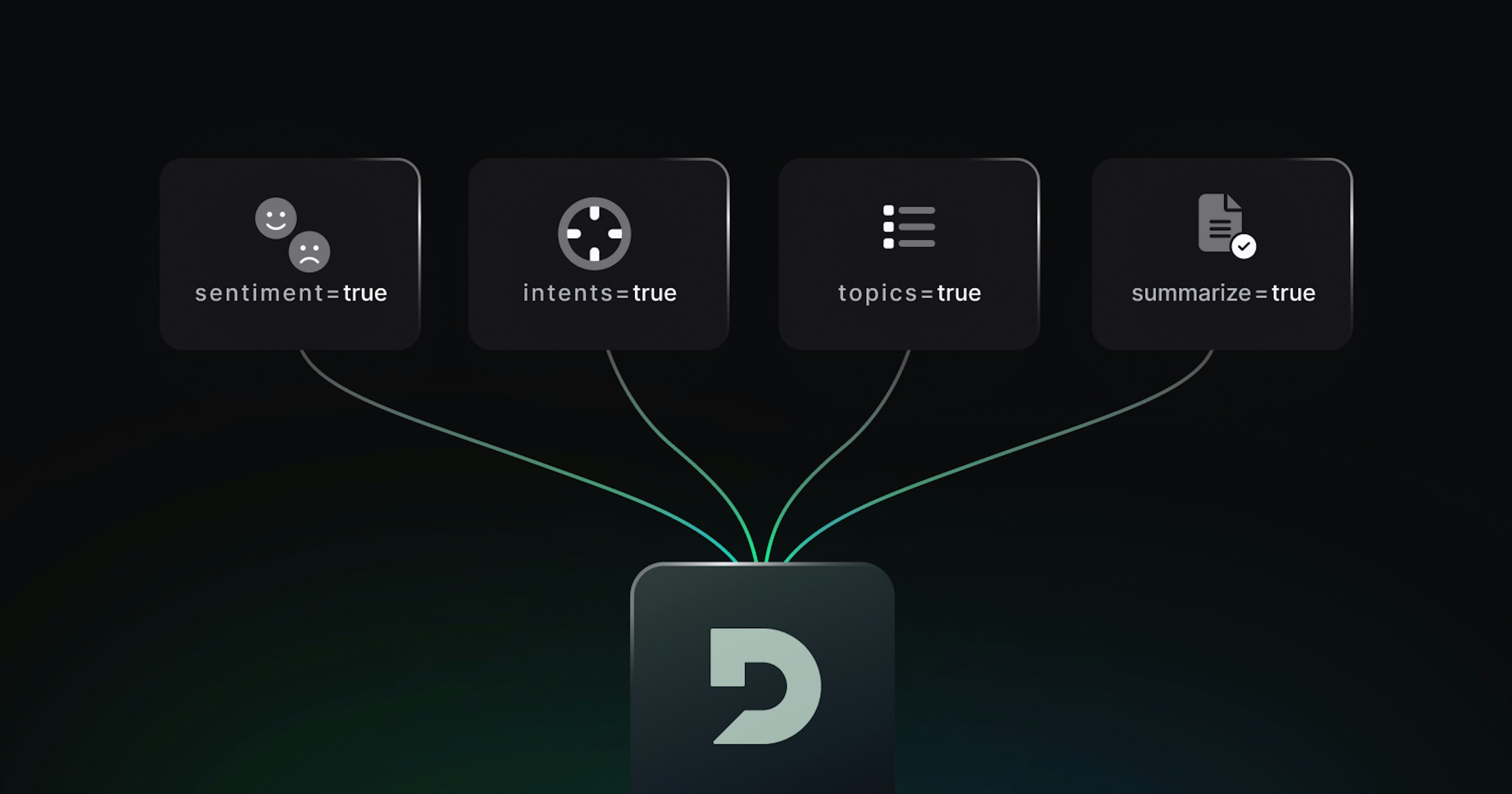Why Deep Learning is the Best Approach for Speech Recognition
Sam Zegas

Automatic speech recognition isn't new. It has its origins in Cold War-era research with narrow military implementations, which was followed in the 1960s, 70s, and 80s by developments from leaders like Marvin Minsky and research funded by DARPA. However, it wasn't until the 1990s that researchers saw real progress thanks to government-funded projects like the Wall Street Journal Speech Dataset. Even then, these small datasets of around 30 hours of audio only yielded accuracies of about 30-50% in a research setting. Continued developments in speech technology have led to a variety of improvements and consumer use cases that we're all familiar with today-Alexa, Siri, telling the automated bank system that you need a PIN, etc. But if you've ever used any of these speech recognition tools, you know that they're far from perfect. That's because they rely on an old-fashioned way of doing speech recognition that has its roots back in those original experiments in the 1960s.
In this blog post, we'll walk through the old-fashioned way of doing speech recognition-because it's the one that's still used by most companies today-and then show why the new way, which relies on end-to-end deep learning to process speech, is far superior.
The Old Way: An Acoustic Model, a Pronunciation Model, and a Language Model-Oh my!
The smallest units of sound in spoken language are called phonemes. For example, "cat" has three phonemes: an initial "k" sound, a middle "a" vowel like in "apple", and a final "t" sound. In the old way of doing ASR, you start by identifying the phonemes in a recording, and then trying to assemble clumps of phonemes into possible words. Next, you look for how those possible words might fit together to make grammatical sense. Finally, you hack all those possibilities down to one 'transcript'. The components of this system are called the acoustic model, pronunciation model, and language model with beam search.
The acoustic model takes a representation of the audio signal-usually as a waveform or spectrogram-and tries to guess a phoneme probability distribution function over timeboxed windows of 10-80 ms throughout the entire recording. Essentially, the output is a huge lattice of possible phonemes as a function of time rather than simply a phonemic transcription.
The pronunciation model then takes the phoneme lattice as its input and tries to guess a word probability distribution function over time windows. The output of this step is a huge lattice of possible words as a function of time.
A language model is then used in conjunction with a beam search. The model takes the word lattice as its input and cuts down all the possibilities it thinks are less likely until it arrives at the final transcription. In addition, it uses a beam search: at every time step, the search throws away all possibilities below its cutoff (called the beam width), never to be seen or thought of again.
Although this old way of building speech recognition models is intuitive to humans, and is motivated to some extent by how linguists think about language, it's highly lossy to a computer. At each step in this process, your models have to make simplifying assumptions to fit the computations in memory or finish within the lifetime of the universe-not kidding. There are just too many combinations and permutations for the models to return results if they consider all of the possibilities. This is why, for instance, the language model portions are typically very limited trigram language models. The tri- in trigram means "three" and indicates that the model only looks back two words to see if the current word makes sense in context. That might only be half of a sentence-or less! These simplifications are rampant and result in a performance-limited, pipelined approach for optimizing sub-problems at each step of the process, rather than an end-to-end approach that can simultaneously optimize across the entire problem domain. This creates three major problems with traditional methods.



